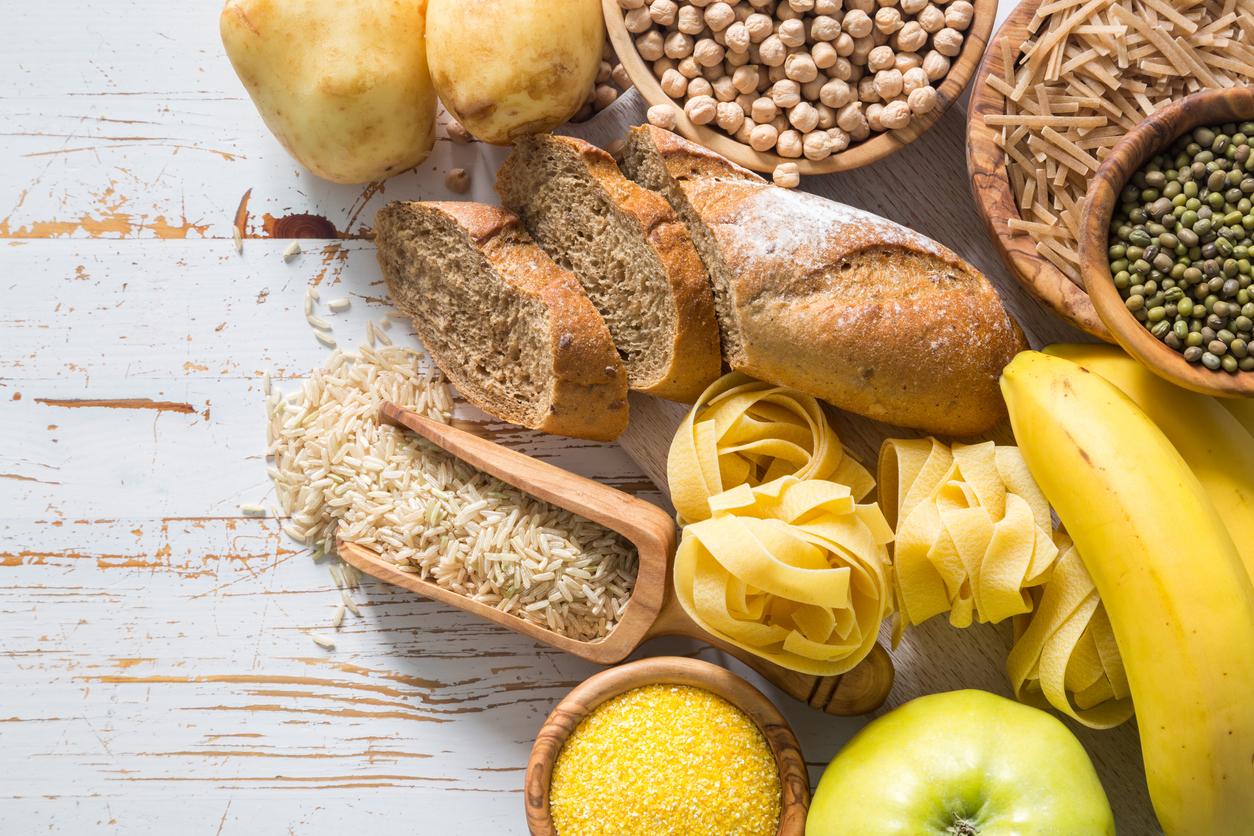In Italy, no matter the region, their tables are overflowing with tasty dishes that testify to their passion for good food. At the heart of their gastronomy are two cheeses that perfectly embody the culinary heritage of this country: mozzarella and burrata. Do you know the difference between these two cheeses? Do you know which is healthier? To help you make your choice among these two exceptional products, we are going to reveal their particularities and nutritional values.
What is the difference between mozzarella and burrata?
These two cheeses have their roots in the cheese tradition Italian. Mozzarella, born in southern Italy, was a favorite among farmers and fishermen for its ease of transport and simplicity. It is a traditional pasta filata cheese made from cow’s or buffalo (“bufala”) milk. It even became the favorite cheese of the French in 2021, when sales of mozzarella reached nearly 40,000 tonnes, up +55% over five years. This cheese has a balanced taste and a soft texture, melting and light. Mozzarella becomes the blank canvas on which the flavors of various dishes can flourish.
Burrata, on the other hand, it is a more recent product, having emerged in the 20th century in the Italian region of Puglia. The story goes that this cheese was created as a way to enhance leftover Mozzarella and produce an even richer, creamier experience. The result was not long in coming, the burrata took kitchens all over the world by storm. Its growing popularity can be attributed to its texture, which pairs perfectly with a wide variety of dishes. Its taste is a subtle dance between sweet and salty, fondant and creamy. It has become a key ingredient in salads, pasta dishes, and even meat dishes, adding a touch greedy with each preparation.
What are the nutritional values of mozzarella and burrata?
When it comes to choosing between Mozzarella and Burrata, it is essential to know their nutritional values. Here is a comparison for a 100 gram serving of each cheese:
Mozzarella (cow’s milk):
- Calories: About 250 kcal
- Fat: About 17 g
- Protein: About 22g
- Calcium: Present, source of calcium
Burrata:
- Calories: About 265 kcal
- Fat: About 24 g
- Protein: About 17g
- Calcium: Present, but in moderate quantity
Mozzarella less rich than burrata
On the health side, the mozzarella prevails over the burrata. Cow’s milk mozzarella (buffalo milk mozzarella is a little richer) is considered a healthier option due to its nutritional composition:
– fat content : mozzarella generally has a lower fat content than burrata. Less fat means fewer calories and a reduction in the potential risks of eating too much saturated fat.
– Protein intake: mozzarella has a higher protein content compared to burrata. Protein is essential for growthtissue repair and regulation of metabolism.
– Calcium: mozzarella is also a higher source of calcium, an essential mineral for bone, dental and muscle health.
However, it is important to note that burrata, although higher in fat and calories, is also a source of protein and nutrients. It can be savored in moderation when you want to treat yourself occasionally.
The choice between mozzarella and burrata depends on your taste preferences, nutritional goals, and how you incorporate them into your diet. It is always recommended to maintain a balance and vary your intake of different types of cheese to reap the nutritional benefits while enjoying the unique flavors they offer. In both cases, moderation is the key to savoring these delights while taking care of your health.


















